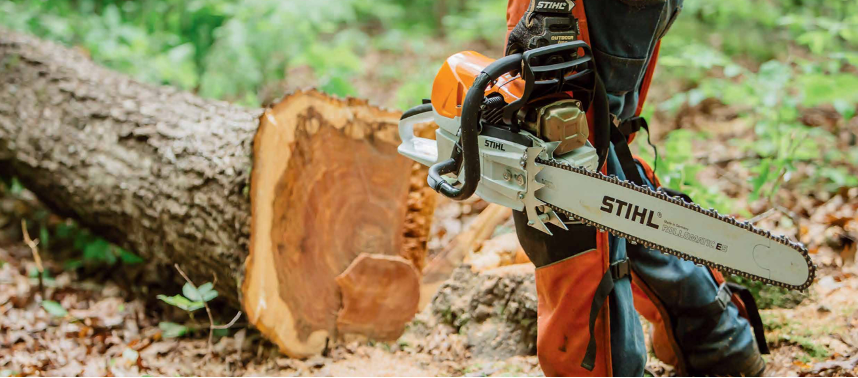TreeAdvisor Outdoor Living, LLC is a participant in the Amazon Services LLC Associates Program, an affiliate advertising program designed to provide a means for sites to earn advertising fees by advertising and linking to Amazon.com.

Shrubs are a valuable, often under appreciated part of landscapes providing diversity in growth form, foliage, flowers, fruits, and fall color. Proper pruning is essential for long-lived shrubs that are vigorous and healthy. Improper pruning is a harmful, expensive practice that will reduce flowering and the life of the shrubs.
Shrub pruning is the most abused and least understood of any landscape maintenance practice. Proper shrub pruning is the selective removal of stems and branches without changing the overall form of the shrub. Unfortunately, most people associate shrub pruning with removing the current season’s growth.
Why Prune Shrubs?
Proper pruning should result in maximum flowering.
The most common reasons to prune shrubs are to maintain or improve health, vigor, and appearance. Each pruning cut should have a purpose. Here is a checklist of reasons to prune and suggestions to achieve improved health, vigor, and/or appearance.
Remove dead, dying, broken, damaged, or diseased limbs
Remove rubbing or crossing limbs to improve structure
To control shrub size or height (formal shrubs and landscapes only)
To improve form or shape when dealing with formal hedges or ornamental evergreens
To increase flowering or fruit production
Remove older stems periodically to continually renew the shrub.
Proper shrub pruning develops and maintains a shrub’s natural growth habit within the confines of a landscape. Working with a shrub’s natural form will lead to lower-maintenance, healthy landscapes. Pruning practices, such a shearing, work against a shrub’s natural form and will lead to higher maintenance, unhealthy landscapes.
Types of Pruning Cuts
Thinning/Renewal
This is the best way to renew shrubs. This type of cut usually involves removing older canes from the base of the shrub. In cases where height must be removed, thinning is the proper way to get in done. Height should not be reduced by pruning back the top of the shrub. Instead, the tallest canes should be removed from the base.
Heading Back
Heading is a type of cut that removes a portion of a stem back to a lateral branch (or bud) awakening lateral buds. This will increase shrub density.
Rejuvenation Pruning
This is generally done to shrubs that are old or overgrown. All of the stems are cut to the ground in hopes of healthier new ones. It may take a few years for shrubs to regain their form.
The Rule of Thirds
This is a variation of renewal pruning in which 1/3 of the older canes are removed in 3 consecutive seasons. This allows the shrub to be rejuvenated while keeping its overall form intact. This works well for older lilacs and dogwoods, specifically.
Timing of Shrub Pruning
Timing of shrub pruning is critical in maintaining health and maximizing flowering. The timing of pruning is based on biology and varies for each shrub species. Shrub maintenance plans should be designed with seasonal visits that take into account proper timing for each shrub species. The generalizations below assume that maximum flowering is the main purpose of the shrub. If health of the shrub is the main concern, the dormant season is usually the best time.
Shrubs that bloom on new growth: This includes hydrangea, summer flowering spirea, and roses. Prune in early spring before growth begins. Pruning in late fall is acceptable but may lead to winter dieback.
Shrubs that bloom earlier on “old wood”: This includes lilac, magnolia, serviceberry, viburnum, spring flowering spirea and forsythia. If flowering is the main purpose of the shrub, then prune after they flower which will range from early May through June.
Shrubs that bloom later on “old wood”: This includes weigela, potentilla, and mockorange. Prune them after flowering which starts in early summer.
Shrubs not necessarily grown for their flowers: This includes shrubs grown for reasons other than flowering, which may include growth form, foliage, attractive stems, privacy, or other reasons. They include snowberry, dogwood, euonymus, currant, barberry, and honeysuckle. Since flowering is not the main concern it is best to prune when dormant (late fall or early spring before leaf out).
Evergreens: When maintaining an evergreen’s overall growth form, generally May and June is the best time in some states. Removing deadwood on evergreens can usually be done anytime. For evergreens that suffer significant winter damage, patience will be needed in spring. It is not always obvious if need healthy growth will form over the winter damage. When the purpose of pruning is to increase plant density, prune during the candle stage (generally for pine and spruce).
Formal Shrub Pruning
Formal pruning refers to shrubs that are sheared or manipulated into formal geometric shapes. This style of pruning requires some training for shape and regular pruning to maintain the desired form and size. Pruning is usually done at least once a year and is not in the best interest of the shrub’s health. Formal pruning of shrubs is acceptable for formal hedges and some ornamental evergreens. Unfortunately, “indiscriminate shearing” (which is not true formal pruning) is a widespread practice because it is fast and requires no knowledge of shrubs biology. Commonly, all shrubs on a landscape are sheared into small “balls” or other shapes all at the same time, with no consideration to flowering or health.
Here are the most common reasons why “indiscrimiante shearing” is not an acceptable pruning practice:
Ready to Start Your Project? Find Pros Or DIY Tree Care
Want a DIY? So we compiled a list of some of the very best tools and products for project currently available.
